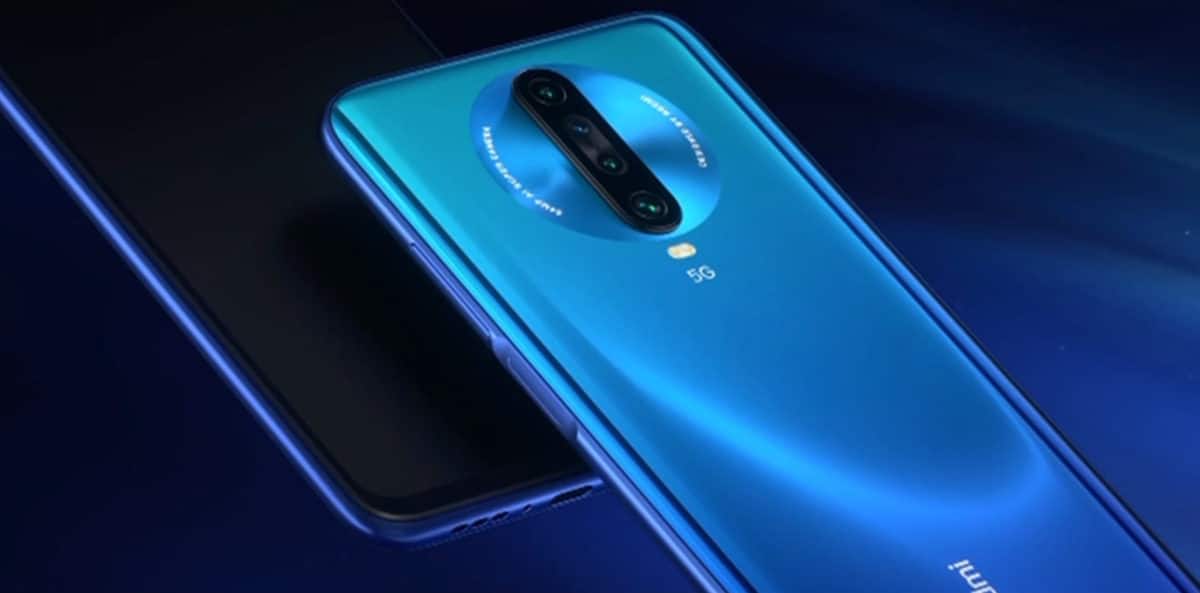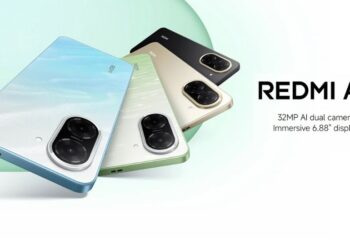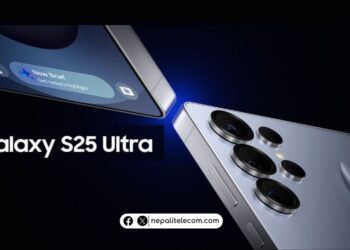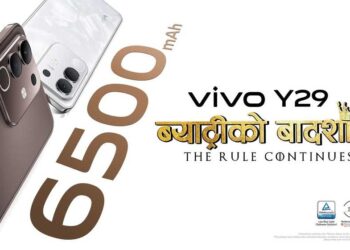After the months of rumors and wait, Xiaomi sub-brand Redmi finally unveiled the Redmi K30 and the Redmi K30 5G, which comes with large 120Hz displays and packs 64MP cameras on the back. Both the handset features the same design, and the main point of differentiation among the two is the chipsets they use. The K30 5G uses the 5G chipset and the other uses the 4G chipset.
The predecessor Redmi K20 Pro was the genuine flagship killer, starring the flagship Qualcomm Snapdragon 855 SoC; while the Redmi K20 evenhanded performance with affordability with its Qualcomm Snapdragon 730 SoC. Xiaomi is looking once again to balance affordability with performance half a year later with the new Redmi K30 that has now been launched in China.
Redmi K30 5G and 4G Overview
The Redmi K30 5G and K30 packs impressive features – quad rear camera setup with the 64MP Sony IMX686 primary sensor, 4,500 mAh battery with 30W fast charging, side fingerprint sensor, 3.5mm headphone jack, and multi-function NFC. Let’s check in-depth about the new Redmi K30 5G and Redmi K30.
Design and Display
The Redmi K30 is the first Xiaomi phone to feature a 120Hz high-refresh-rate display. A 120Hz display is a type of display that displays twice the number of images per second as an ordinary 60Hz display that we have been using from the past. Another great aspect of this device is it dynamically adjusts frame rate between 60Hz, 90Hz, and 120Hz. Unlike Google Pixel 4 which only sets the frame rate to 90Hz for the brightness level more than 80%, K30 phone changes the rate depending on the app and use-case to match user experience and power consumption.
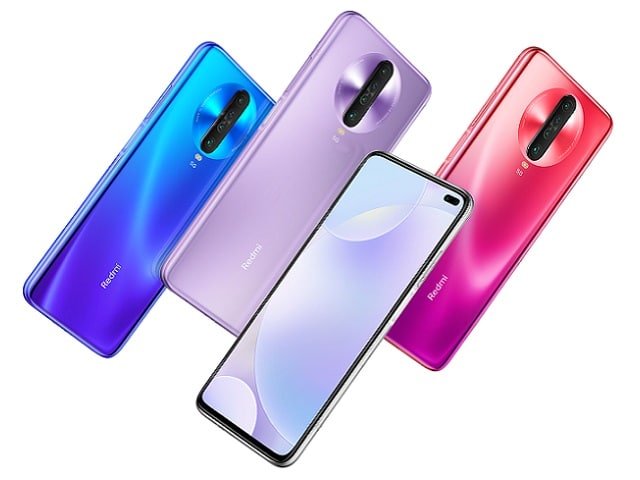
With the punch-hole for the dual front cameras, The Redmi K30 5G has an impressive 91% screen-to-body ratio. The hole punch is also separate for dual cameras and this is not similar to that of Galaxy S10 Plus. Both the front and the back is protected by Corning Gorilla Glass 5. The rear panel of the phone is made up of glass, giving it a neat look with ornamental circles on camera. Redmi K30 is also equipped with a 3.5mm headphone jack and USB Type-C port for charging.
Chipset and Performance
The Redmi K30 5G is powered by Qualcomm Snapdragon 765G SoC, making it the first phone to be released on this platform. The Snapdragon 765G on the Redmi K30 5G features a octa-core CPU -1x Kryo 475 (ARM Cortex-A76-based) Prime core @ 2.4GHz , 1x Kryo 475 (ARM Cortex-A76-based) Performance core @ 2.2GHz, and 6x (ARM Cortex-A55-based) Efficiency cores @ 1.8GHz. The SoC is based on an 8mm process.
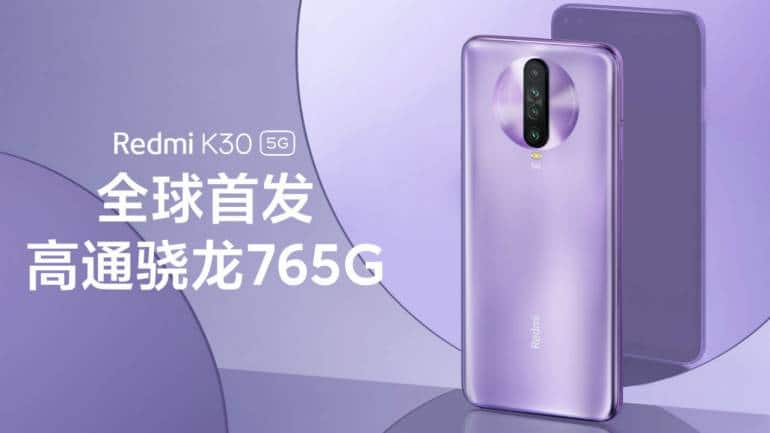
The Redmi K30 5G supports both SA and NSA network with dual-mode 5G. The device also supports 5G MultiLink — letting users to simultaneously be connected to 2.4GHz WiFi, a 5GHz WiFi, and 5G/4G network. Whereas, the K30 has a Snapdragon 730G SoC which doesn’t support 5G.
Both the variants have LPDDR4X RAM with the most basic RAM starting at 6GB and both come with UFS2.1 storage support. Both the devices come in four variants on the basis of RAM and storage and also a place for external storage. The storage and RAM variants are:
- 6GB LPDDR4X + 64GB UFS 2.1
- 6GB + 128GB
- 8GB + 128GB
- 8GB + 256GB
Camera
Talking about the cameras both the phones have basically the same Quad camera setup at the back. The major difference is that the 5G model sports a 5MP macro lens whereas the 4G version has a 2MP macro lens. Both Redmi K30 5G and 4G is equipped with 64 MP Sony IMX686 primary sensor, an 8MP wide-angle-lens, and a 2MP depth sensors remain the same.
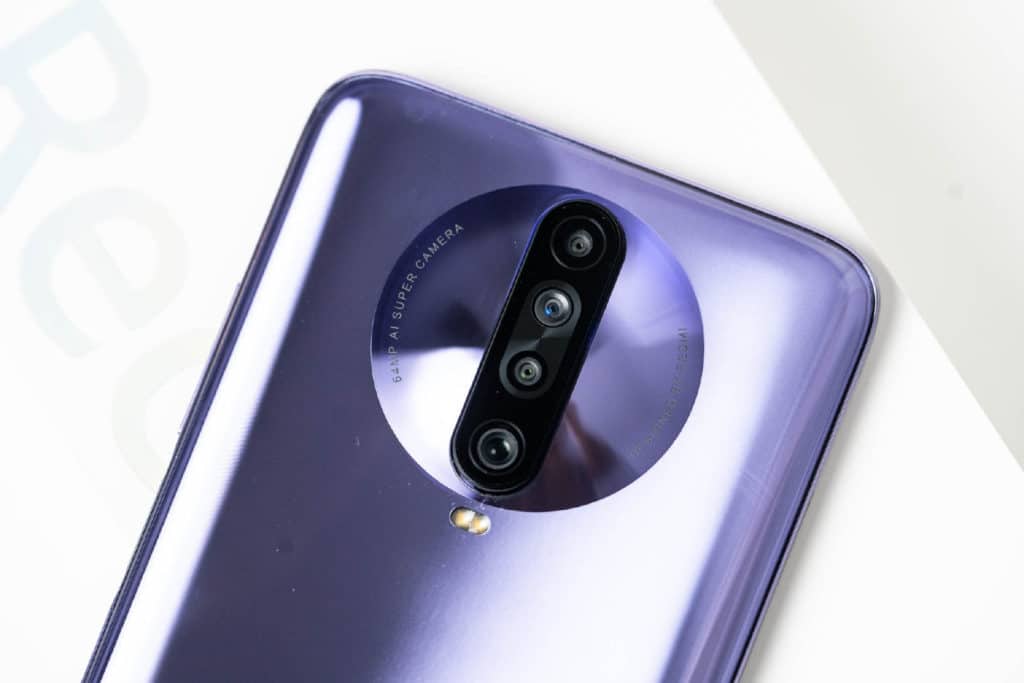
For the selfies, there is a dual-camera placed at the dual punch holes with a 20MP primary sensor, and a 2MP depth sensor.
Battery, OS, and Others
Both Redmi K30 4G and 5G devices will come with new and upgraded MIUI 11.0 on top of Android 10.0. They have the same sized battery, a 4,500 mAh unit but you get separate fast charging tech blended with 4G and 5G models. The 5G variant of the K30 comes with 30W fast charging support whereas the 4G variant can charge up to 27 Watt.
Redmi K30 4G and 5G Technical Specifications
- Display: 6.67- inches with FHD+ resolution IPS LCD with punch hole and 120Hz refresh rate
- Dimensions: 165.3 x 76.6 x 8.79 mm
- Weight: 208g
- SoC: 5G: Qualcomm Snapdragon 765G
- 1x Kryo 475 (ARM Cortex-A76-based) Prime core @ 2.4GHz
- 1x Kryo 475 (ARM Cortex-A76-based) Performance core @ 2.2GHz
- 6x (ARM Cortex-A55-based) Efficiency cores @ 1.8GHz
- 7nm EUV process
- 4G: Qualcomm Snapdragon 730G
- RAM:6/8GB
- Storage: 64/128/256GB
- Operating System: MIUI 11 based on Android 10
- Battery: 4,500 mAh with 27W fast charging (4G) and 30W fast charging (5G)
- Rear Camera: Primary: 64MP Sony IMX686 sensor, f/1.9, 1/1.7” sensor, 0.8μm pixels | Secondary: 8MP 120° Wide-Angle Camera, f/2.2 | Tertiary: 2MP, f/2.4, Depth Sensor | Quaternary:
- 5G — 5MP, Macro, f/2.4
- 4G — 2MP, Macro, f/2.4
- Front Camera: 20 MP AI-powered primary lens and a 2MP depth sensor
- Video: 4K @ 30fps, 1080p @ 60fps, 1080p @ 30fps (Ultrawide ); 1080p @ 120fps, 720p @ 960fps (Slow motion)
- Sensors: Fingerprint sensor (side-mounted), accelerometer, gyro, proximity, compass
- Other features: IR Blaster, 3.5mm headphone jack
Redmi K30 5G and 4G Price and Availability
The devices are officially launched in the Chinese market and will come to the international market very soon. Xioami has claimed the phones will be available in the Indian market very soon and we expect to arrive in Nepal too. But, keep in mind that international pricing will not be the same as the Chinese pricing.
The Redmi K30 4G will be available in three color variants of Blue, Red, and Purple colors; while the 5G variant gets an extra White color alternative. There are more than 20 smartphones from Xiaomi that are available in Nepal. Here is the latest price list of Xiaomi phones in Nepal too.
| Variant | Redmi K30 4G | Redmi K30 5G |
|---|---|---|
| 6GB + 64GB | CNY 1599 (~$227/NPR 27,000) | CNY 1999 (~$284/NPR35,000) |
| 6GB + 128GB | CNY 1699 (~$241/NPR 29,000) | CNY 2299 (~$327/NPR43,000) |
| 8GB + 128GB | CNY 1899 (~$270/NPR 33,000) | CNY 2599 (~$370/NPR47,000) |
| 8GB + 256GB | CNY 2199 (~$312/NPR 40,000) | CNY 2899 (~$412/NPR55,000) |


